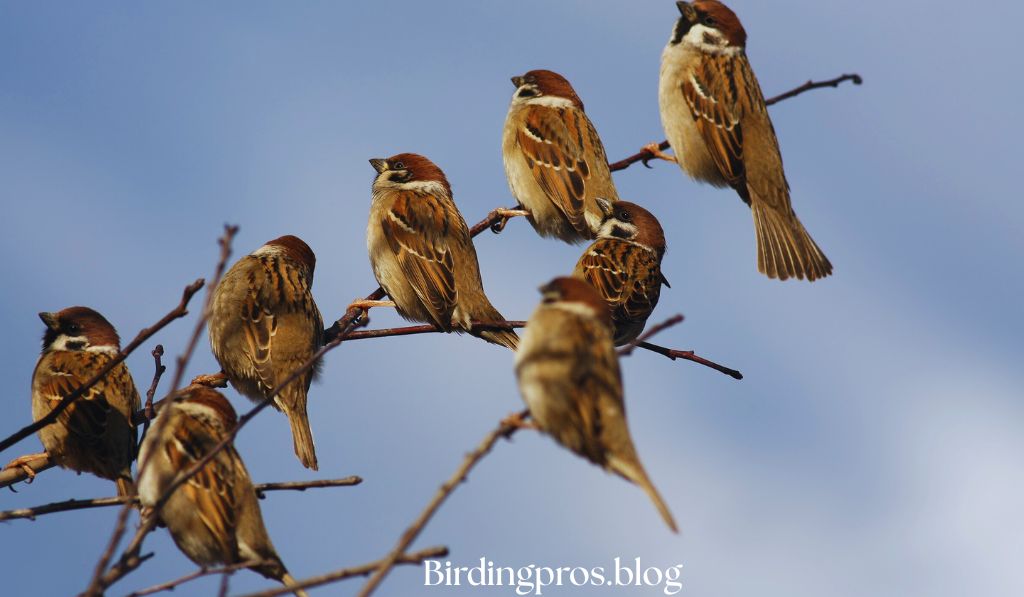As an avid gardener and bird enthusiast, I’ve spent years transforming my outdoor proper right into a colourful sanctuary for nearby natural global.
I’ve determined that growing a bird-friendly environment starts with one crucial element: native vegetation. These botanical wonders now not nice enhance our landscapes however function as the cornerstone of healthy ecosystems that manual our feathered buddies.
In this whole manual, I’ll share the whole thing I’ve found about figuring out, deciding on, and growing native plant life that entices birds for your backyard.
Table of Contents
ToggleWhy Native Plants Matter for Birds
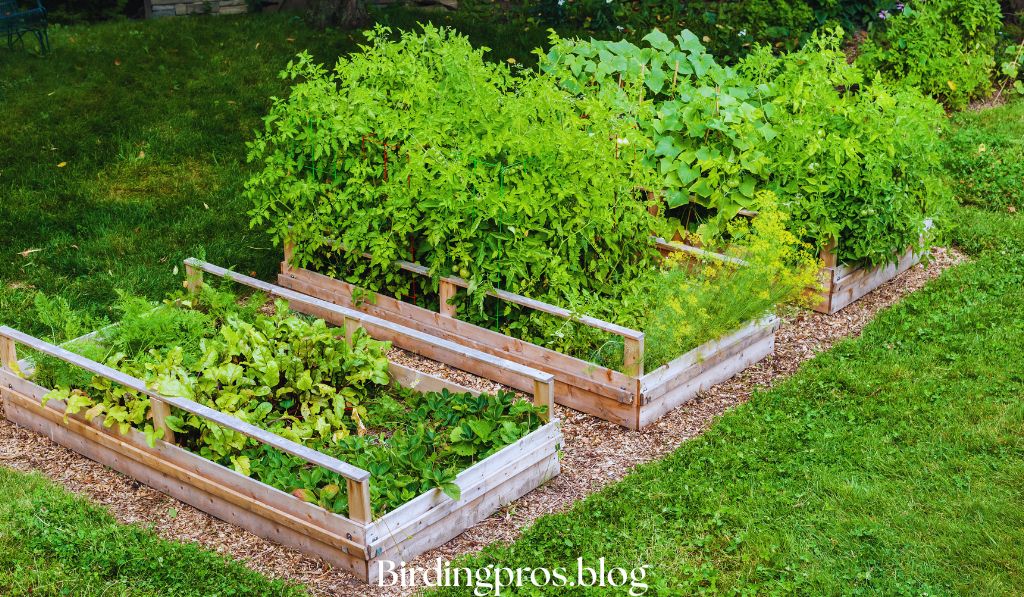
When I first commenced gardening, I targeted aesthetics completely on aesthetics. However, I quickly realized that the vegetation in my outdoors serves a much more purpose within the community environment.
Native flowers have advanced alongside community vegetation and fauna for heaps of years, developing complex relationships that non-nearby species in reality can’t replicate.
The Ecological Connection Between Birds and Native Plants
I’ve discovered firsthand how birds rely upon nearby vegetation for their survival.
These flowers offer important meal sources through seeds, end result, and nectar, while additionally assisting the insect populations that many bird species feed upon.
In fact, studies suggest that local plants help as much as 35 times more caterpillar biomass than non-local alternatives—a vital meal supply for nesting birds.
When I replaced my non-native ornamentals with local alternatives, I witnessed a right away increase in bird interest.
Chickadees started out traveling my local very welltrees, goldfinches flocked to my coneflowers, and hummingbirds have become normal site visitors to my native trumpet honeysuckle.
The Problems with Non-Native Plants in Your Yard
Through my gardening adventure, I’ve recognized numerous problems with non-native plant life that made me reconsider their vicinity in my landscape:
- Non-local species often become invasive, outcompeting nearby flora and disrupting natural ecosystems
- Many exclusive plant life harbor illnesses that may devastate native plant populations
- Most importantly, non-local flowers fail to offer the suitable dietary sources birds need
- I’ve discovered that many non-natives require excessive watering, fertilizers, and insecticides—growing greater environmental harm
I quickly maintained a lovable but resource-intensive lawn of non-native ornamentals. The constant protection, watering, and chemical remedies now not fine consumed my money and time however additionally deterred flora and fauna from travelling.
Switching to natives has saved me endless hours and assets at the same time as developing a thriving bird habitat.
Identifying Native and Non-Native Plants in Your Landscape

Before remodeling your yard right into a bird paradise, I endorse taking stock of what is already growing there. This assessment helped me determine which plants to hold and which to progressively replace.
How to Recognize What’s Already Growing
When I commenced my neighborhood plant journey, I commenced by way of the use of documenting each plant in my backyard. Here’s the manner I comply with and recommend:
- Take clean photos of all flora, including near-u.S.Of leaves, plant life, and normal structure
- Use plant identity apps like iNaturalist, PlantNet, or PictureThis to perceive unknown specimens
- Consult nearby plant guides or location manuals for verification
- Bring samples or images to nearby nearby plant nurseries for professional identification
- Connect with neighborhood gardening businesses or grasp gardeners for help
I became surprised to find out that many plants I assumed were local have become awesome ornamentals that supplied little ecological rate.
This understanding empowered me to make informed alternatives about my panorama.
Understanding the Difference Between Native and Non-Native Species
Through my research, I’ve observed to distinguish amongst certainly local plants and non-natives. Native plant life are people who evidently came about for your place earlier than European settlement, having evolved for your close by conditions for masses of years.
Non-local flowers, through way of contrast, were delivered from special regions or continents, frequently inside the final century.
Despite their familiar presence in our landscapes, these beginners have not superior the ecological relationships with the local natural world that local species maintain.
I now look beyond mere looks at the same time as choosing flowers. I take into account their evolutionary facts and ecological function, which has absolutely converted my technique to gardening.
Finding and Selecting Native Plants for Your Bird Garden
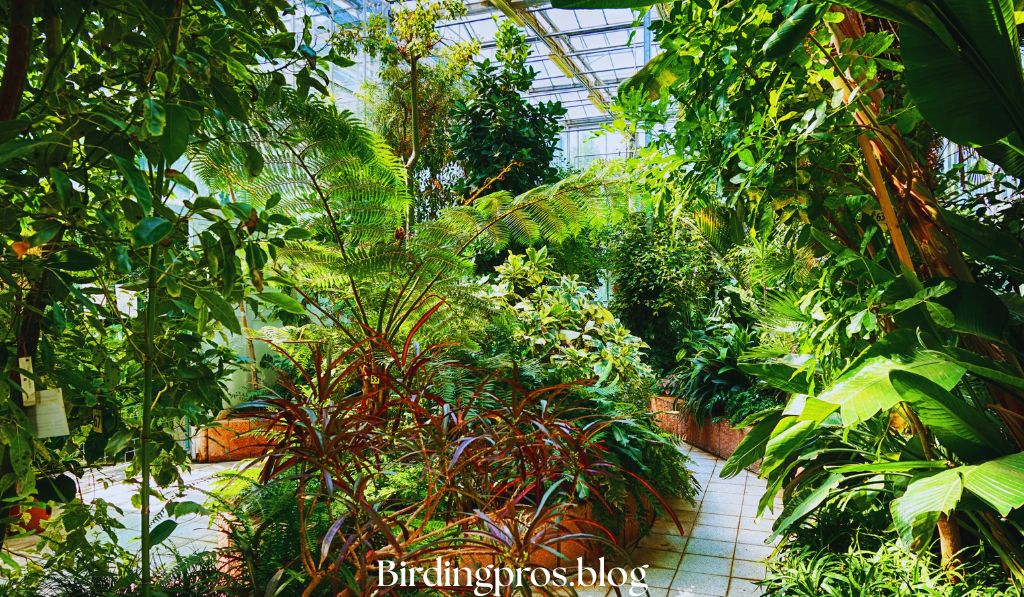
Once I understood the significance of native vegetation, I had to decide which species would thrive in my precise location and attraction to the birds I was hoping to appear.
Researching Plants Native to Your Region
I start any planting project by reading what genuinely grows in my place. Here are the resources I depend upon:
- State and neighborhood local plant publications (often available thru college extensions)
- The National Wildlife Federation’s Native Plant Finder (www.Nwf.Org/nativeplantfinder)
- Local chapters of nearby plant societies
- Regional botanical gardens with native plant collections
- Conservation businesses that concentrate on habitat recovery
I’ve decided that specializing in the plant life neighborhood to my unique ecoregion—not simply my country or USDA growing area—yields first-class outcomes. These plants are flawlessly adapted to my community soil, rainfall patterns, and climate conditions.
Selecting Plants for Different Bird Species
Through trial and error, I’ve located that one-of-a-kind local vegetation attraction to exclusive kinds of bird species. Here’s what I’ve located works fantastic:
For seed-consuming birds (finches, sparrows, chickadees):
- Black-eyed Susans (Rudbeckia spp.)
- Purple coneflowers (Echinacea spp.)
- Sunflowers (Helianthus spp.)
- Native grasses like little bluestem (Schizachyrium scoparium)
For fruit-ingesting birds (robins, waxwings, thrushes):
- Serviceberry (Amelanchier spp.)
- Dogwoods (Cornus spp.)
- Viburnums (Viburnum spp.)
- Wild cherries (Prunus spp.)
For nectar-feeding birds (hummingbirds, orioles):
- Cardinal flower (Lobelia cardinalis)
- Trumpet honeysuckle (Lonicera sempervirens)
- Wild columbine (Aquilegia canadensis)
- Bee balm (Monarda spp.)
For insect-ingesting birds (warblers, woodpeckers, bluebirds):
- Oak bushes (Quercus spp.)
- Willow timber (Salix spp.)
- Native perennials that assist caterpillars
- Berry-generating shrubs that appeal to fruit flies
I try to encompass flowers that offer meals resources in the course of the seasons, ensuring birds have dependable vitamins year-round.
Understanding Native Plant Varieties, Cultivars, and Hybrids
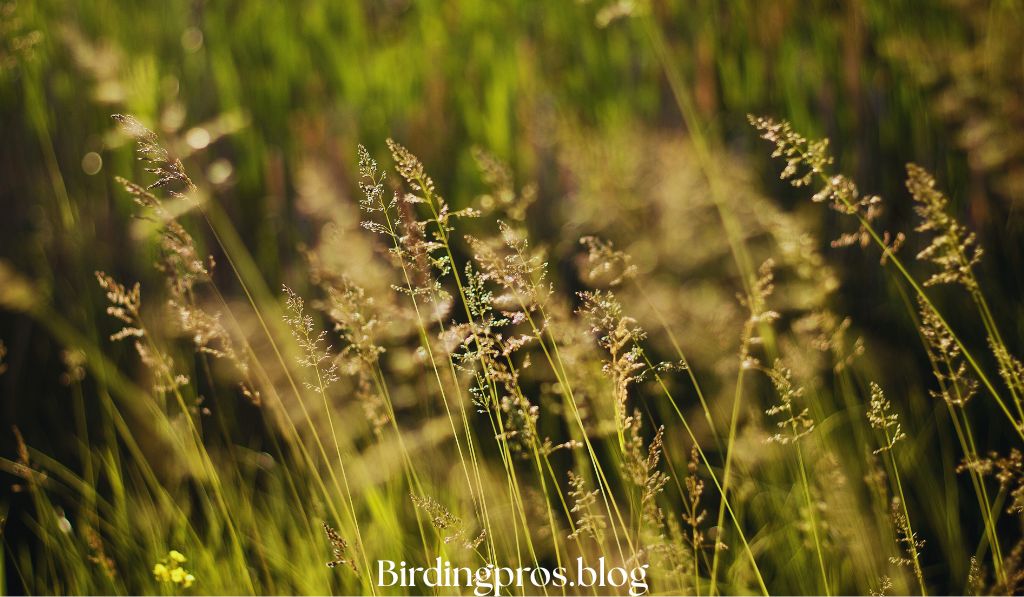
As I deepened my understanding of local plant life, I located essential variations among wild-kind natives, cultivars, and hybrids that affect their value to birds.
Wild-Type Natives vs. Cultivars
Wild-kind natives are genetically equal to those positioned in natural areas, preserving all the ecological relationships they have advanced with wildlife. I prioritize those flora on every occasion possible.
Cultivars (cultivated types) are flora that have been selectively bred or cloned for unique tendencies like flower period, color, or disorder resistance. They’re commonly categorised with names in single expenses, like Echinacea purpurea ‘Magnus’.
In my enjoyment, some cultivars hold their wildlife value even as others were so heavily modified that they have misplaced their enchantment to birds. I’ve determined that cultivars with altered flower shapes, double blooms, or unusual colours often offer much less nectar and pollen than their wild contrary numbers.
How to Read Plant Tags and Choose the Best Options
I’ve discovered to decode plant tags to make knowledgeable picks:
- The common name seems first (e.G., “Purple Coneflower”)
- The clinical call follows in italics (e.G., Echinacea purpurea)
- Cultivar names appear in unmarried charges after the clinical name (e.G., ‘White Swan’)
- Hybrids are indicated thru an “×” amongst species names (e.G., Salvia clevelandii × leucophylla)
When selecting among cultivars, I select out individuals who most cautiously resemble their wild ancestors in flower form, size, and color. I’ve discovered that those keep greater of their ecological characteristic at the identical time as nevertheless supplying ornamental attraction.
Where to Purchase Native Plants
Finding resources for excellent native vegetation turned out to be initially tough, but I’ve placed numerous reliable options over time.
Native Plant Nurseries and Garden Centers
I pick out to store at specialised local plant nurseries every time possible. These organizations interest exclusively on community species and generally provide:
- Greater desire of local natives
- Plants propagated from close by seed sources
- Staff with professional information about nearby plants
- Plants grown without neonicotinoid insecticides that damage pollinators
I’ve observed that even conventional garden centers have an increasing number of inventory of local vegetation, even though their choice may be constrained to the most popular species and cultivars.
I normally ask a frame of employees to assist me discover which vegetation are in reality local to my vicinity.
Native Plant Sales and Swaps
Some of my nice plant famous have come from seasonal activities:
- Native plant society income (commonly held in spring and fall)
- Botanical lawn plant income
- Conservation business corporation fundraisers
- Community plant swaps and exchanges
- Master gardener plant sales
These activities regularly feature unusual local species which might be hard to find commercially, and I’ve connected with informed fanatics who freely proportionally develop recommendations.
Online Sources and Mail-Order Options
When I can not find particular natives domestically, I flip to online assets. Many first rate nurseries supply naked-root vegetation or small plugs countrywide. I’ve had achievement with:
- Prairie Nursery
- Prairie Moon Nursery
- Izel Plants
- Native American Seed
- Regional native plant nurseries that deliver
When ordering online, I ensure to choose plant life suitable for my hardiness and developing conditions. I’ve found out about nearby orders early, as famous local species often sell out short.
Establishing Your Native Plant Garden for Birds

Once I’ve received my nearby flora, right set up and established order are critical for their achievement and functionality to manual birds.
Site Preparation and Planting Techniques
I follow those steps whilst along with natives to my panorama:
- I pick out out the right place based on each plant’s slight, moisture, and soil necessities
- I prepare the website on-line by means of manner of disposing of modern plant life, specially invasive species
- I check and amend soil high-quality if critical (maximum natives pick out unamended nearby soils)
- I dig holes two times as massive as the muse ball however no deeper
- I function flowers on the identical depth they grew in their containers
- I water very well after planting to take away air wallet
- I practice a thin layer of herbal mulch to hold moisture and suppress weeds
For converting large regions to local plantings, I’ve efficiently used sheet mulching (lasagna gardening) to smother gift plants earlier than planting.
Watering and Establishment Period
Despite their model to neighborhood conditions, I’ve determined that neighborhood plants require regular watering at some stage in their fame quo duration:
- Year 1: I water deeply a few times weekly (until rainfall is good sufficient)
- Year 2: I water in the path of dry periods of weeks or longer
- Year 3 and past: I water most effective at some point of extreme drought conditions
This “sleep-creep-bounce” sample is not unusual for local perennials—they will seem dormant the primary 365 days (sleep), display modest increases the second one year (creep), and in the end flourish in their 1/3 season (leap).
Maintaining Your Bird-Friendly Native Plant Garden
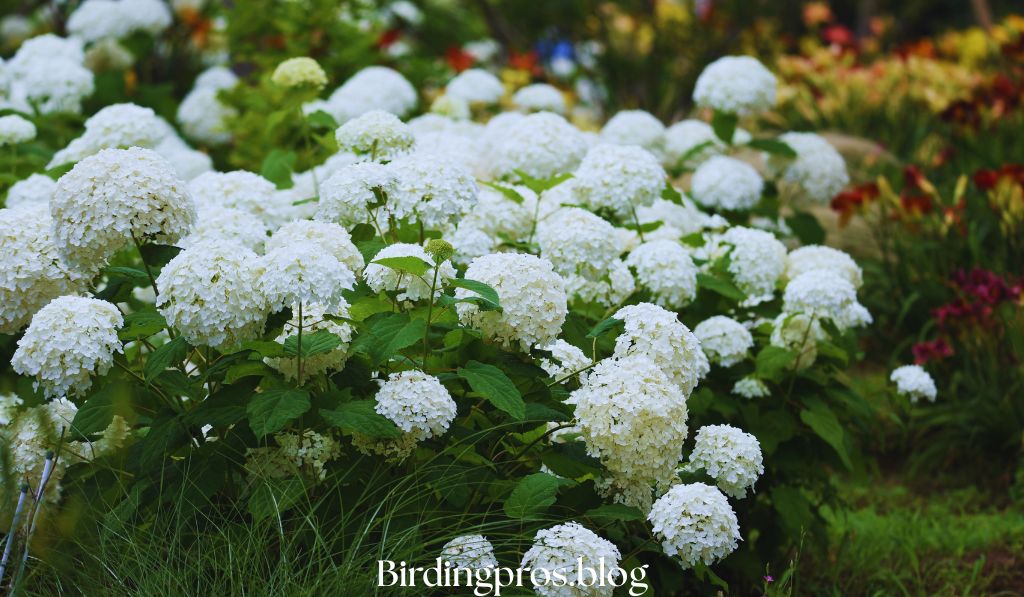
One of the finest advantages I’ve skilled with neighborhood plant life is their decreased preservation requirements as quickly as installation. However, a few care continues to be important to maximise their herbal global fee.
Sustainable Maintenance Practices
I observe those hen-pleasant preservation thoughts:
- I avoid chemical insecticides and fertilizers that harm the insect populations birds depend upon
- I leave seed heads standing via winter to provide food for birds
- I postpone spring cleanup until temperatures constantly reap 50°F to shield overwintering beneficial bugs
- I never put off a couple of-1/three of my garden particles, leaving the relaxation as natural mulch
- I manipulate as opposed to put off glaringly happening plant opposition
- I allow some leaf clutter to live as herbal mulch and insect habitat
My garden may additionally look slightly less manicured than my associates’, however the abundance of bird life extra than compensates for the wilder aesthetic.
Managing Invasive Species
Despite my awareness of natives, I stay vigilant about controlling invasive plants that threaten to overtake my lawn. I’ve determined these techniques effective:
- I learn to choose out common invasive species in my area
- I physically eliminate invasives in advance than they set seed
- I replace hassle flora with native options that fill the equal ecological niche
- I display my lawn frequently for brand spanking new invasive seedlings
- I avoid worrying soil unnecessarily, which could carry dormant invasive seeds to the floor
Continual monitoring and active movement have prevented invasive species from gaining a foothold in my local plant sanctuary.
Creating a Certified Wildlife Habitat
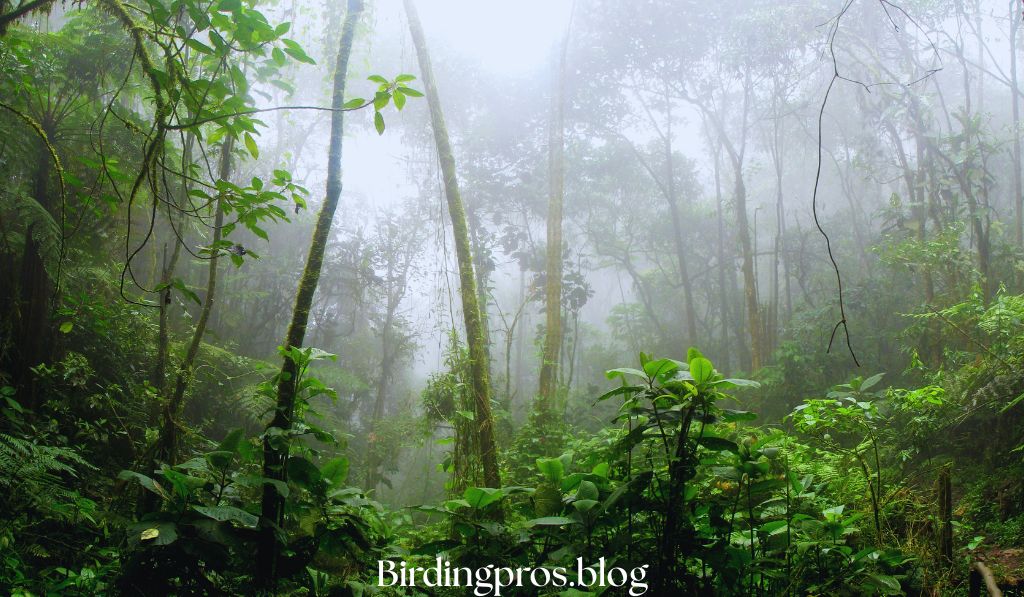
After establishing my local plant lawn, I took the extra step of having it certified as a valid flora and fauna habitat.
The National Wildlife Federation Certification Process
The National Wildlife Federation (NWF) offers a certification software program for gardens that provide natural world with:
- Food resources (nearby plant life that produce seeds, berries, nectar, and assist insects)
- Water assets (birdbaths, ponds, rain gardens, or water capabilities)
- Cover (shrubs, brush piles, rock piles, or other sheltering places)
- Places to elevate more youthful (trees, meadows, host flowers for caterpillars)
- Sustainable practices (reduced lawn regions, restrained chemical use, water conservation)
I determined the certification process was honest—I in reality documented how my lawn meets these necessities and submitted a software program with a small fee.
The certification furnished recognition for my efforts and connected me with a community of like-minded plants and fauna gardeners.
Benefits of Certification Beyond Wildlife Support
Beyond the pride of creating habitat, certification has provided surprising blessings:
- Inspiring conversations with buddies approximately flora and fauna gardening
- Educational opportunities for nearby colleges and network corporations
- A enjoy of contributing to landscape-level conservation efforts
- Motivation to typically improve my habitat’s plants and fauna charge
- Connection to a countrywide movement of habitat recuperation
My certified habitat has ended up in a private sanctuary and a demonstration website online for nearby plant gardening.
Conclusion: The Rewards of Gardening with Native Plants for Birds
After years of gardening with native flowers, I can attest to the profound delight this approach offers. My outdoors has transformed from a sterile landscape right into a colourful surroundings teeming with birds and other natural worlds.
I’ve watched cardinals nest in my local viburnum shrubs, orioles ceremonial dinner on serviceberries, and hummingbirds warfare for territory around my cardinal flowers.
Each season brings new avian web site site visitors as word spreads via the fowl network approximately this reliable food source.
Beyond the pride of hen looking, I’ve learned the pleasure of gardening in concord with nature rather than continuously stopping towards it.
My local plant life thrives with minimal intervention, saving me time, cash, and resources even as creating beauty that changes with the seasons.
I inspire you to start your very personal native plant journey, despite the fact that it starts with just a small nook of your outside.
The birds will locate you, and their presence will inspire you to do extra. Together, our gardens can form stepping stones of habitat that help fowl populations get better and thrive in our more and more evolved landscapes.
Remember, every native plant topic. Every garden makes a distinction. And the birds are relying on us to offer the habitat they need to live to tell the tale and thrive.

